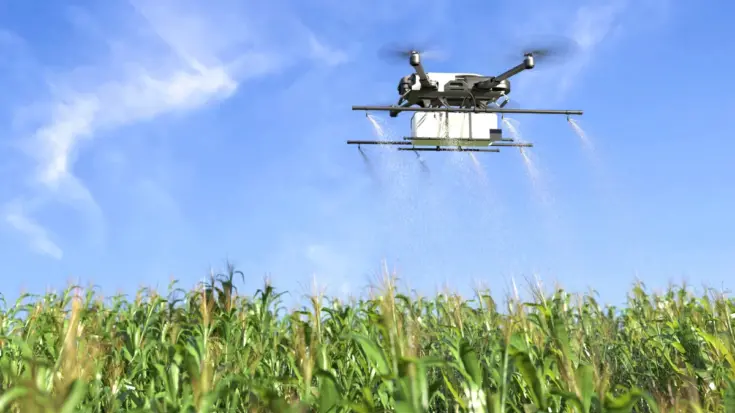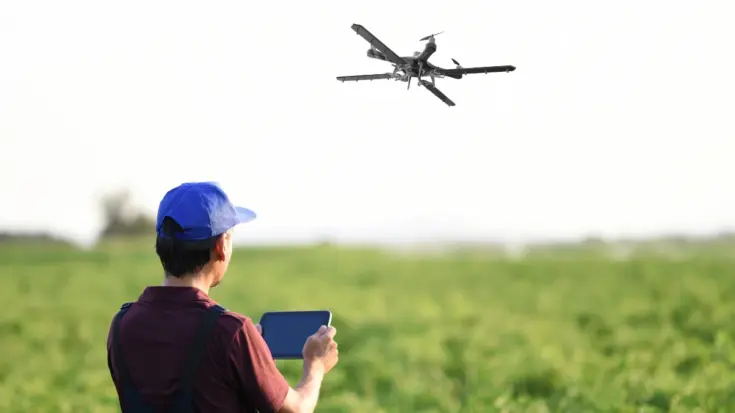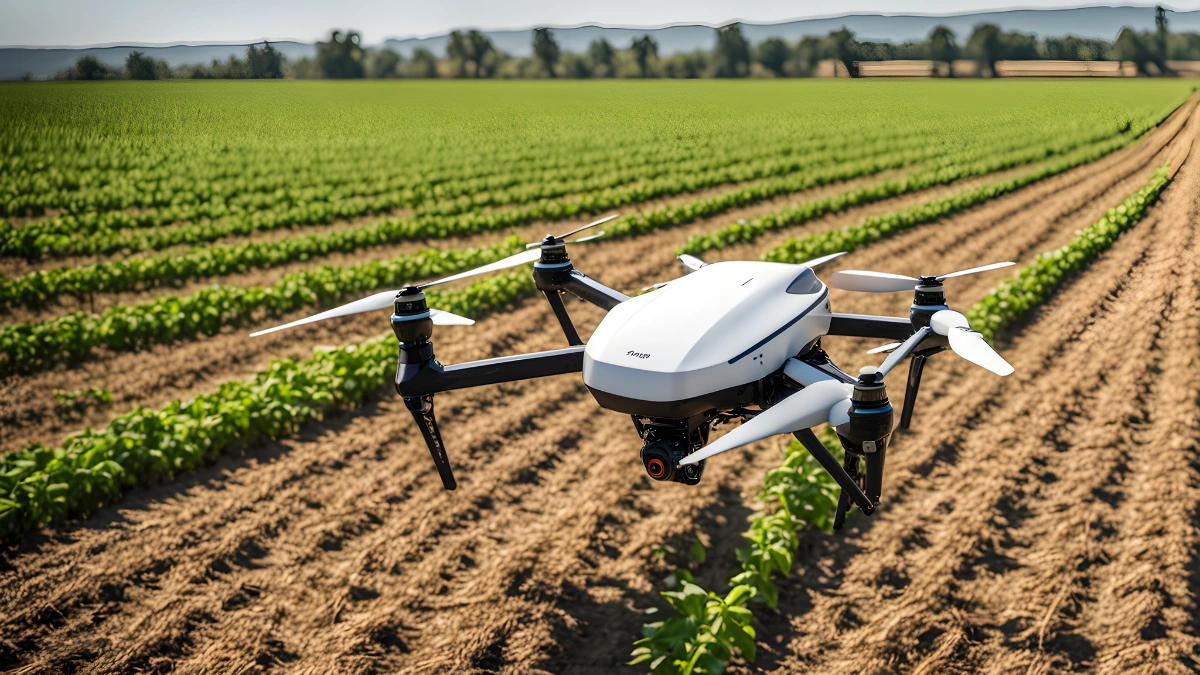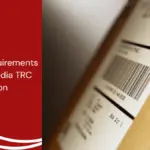A seed spreader drone provides many benefits, especially the ability to spread seeds from the air. However, the advantages and disadvantages of seed spreader drone cannot be easily separated, even though the benefits are evident.
The advantages and disadvantages of seed spreader drone include fast and efficient, real-time crop monitoring, to save on operating costs, while the disadvantages include technical issues, dependence on weather conditions, and regulatory challenges.
This article will inform you about some of the advantages and disadvantages of seed spreader drones that you can consider.
Also Read
Table of Contents
The Advantages and Disadvantages of Seed Spreader Drone

Like any other technology, seed spreader drones have several advantages that can be utilized and disadvantages to consider.
The advantages of a seed spreader drone include fast and efficient, real-time crop monitoring, to save on operating costs, while the disadvantages include technical issues, dependence on weather conditions, and regulatory challenges. Here are the advantages and disadvantages of seed spreader drone:
The Advantages of a Seed Spreader Drone
Here are some advantages of a seed spreader drone:
1. Fast and efficient
One of the advantages of speed spreader drones is that they are fast and efficient. With this device, fertilizer can be spread more quickly and cover a wider area than manual methods, saving time and money.
2. Accurate fertilizer spreading

Accurate fertilizer spreading is another advantage of this device. Equipped with navigation systems and sensors, the drone can spread fertilizer with greater precision, thereby reducing waste.
3. Real-time crop monitoring
Some models of seed spreader drones are equipped with cameras that enable real-time crop monitoring from the air. This allows farmers to detect issues with crops earlier and take swift action.
4. Increase crop yields
Increasing crop yields is one of the advantages of this drone. By spreading fertilizer accurately, it helps plants get the nutrients they need to the maximum, thereby increasing crop yields.
5. Save on operating costs
Another advantage of the seed spreader drone is that it can save on operating costs. Although there is an initial investment, using drones can reduce long-term operating costs due to the efficient use of fertilizer and labor.
The Disadvantages of the Seed Spreader Drone
Here are some disadvantages of a seed spreader drone:
1. Technical issues
One of the drawbacks of drone seed spreaders is technical issues. When using drones, farmers must be prepared for the risk of technical damage or accidents. If this happens, it will certainly disrupt agricultural operations.
2. Dependence on weather conditions
Dependence on weather conditions is another drawback of these drones. Extreme weather conditions, such as heavy rain or strong winds, will pose a challenge for farmers, as drones cannot operate optimally under such conditions.
3. Requires operator skills

Using a seed spreader drone requires someone capable of operating it. This is not just anyone, but a trained operator. Therefore, additional training may be required to operate the drone properly.
4. Regulatory challenges
The use of drones in agriculture can be hampered by varying regulations and privacy concerns. Each country has different drone regulations, especially for agriculture.
Those are the advantages and disadvantages of seed spreader drones to consider before deciding to use them.
Despite its limitations, seed spreader drones are useful for fast and efficient, real-time crop monitoring, to save on operating costs.


















